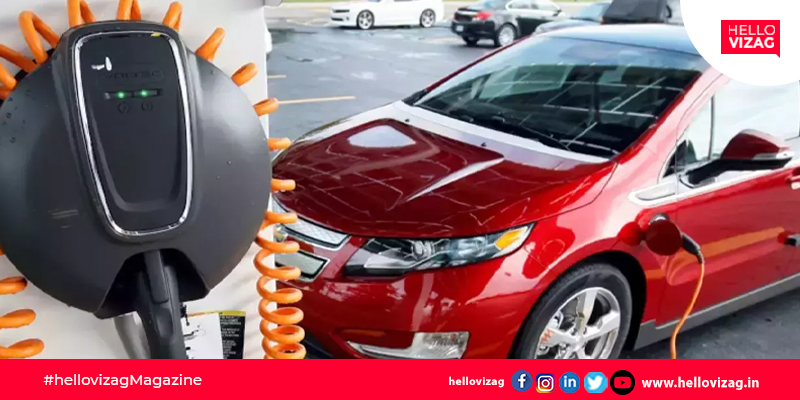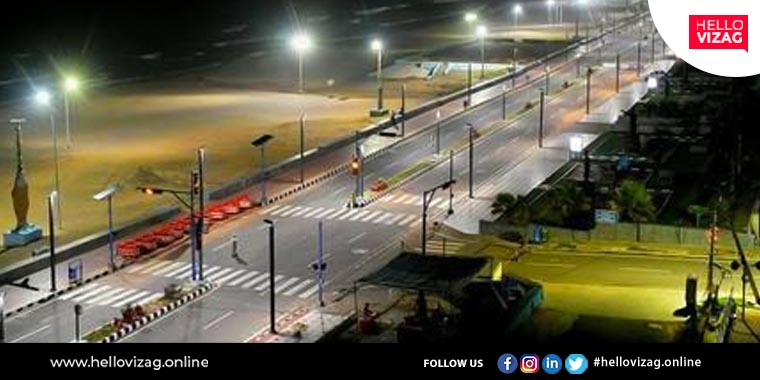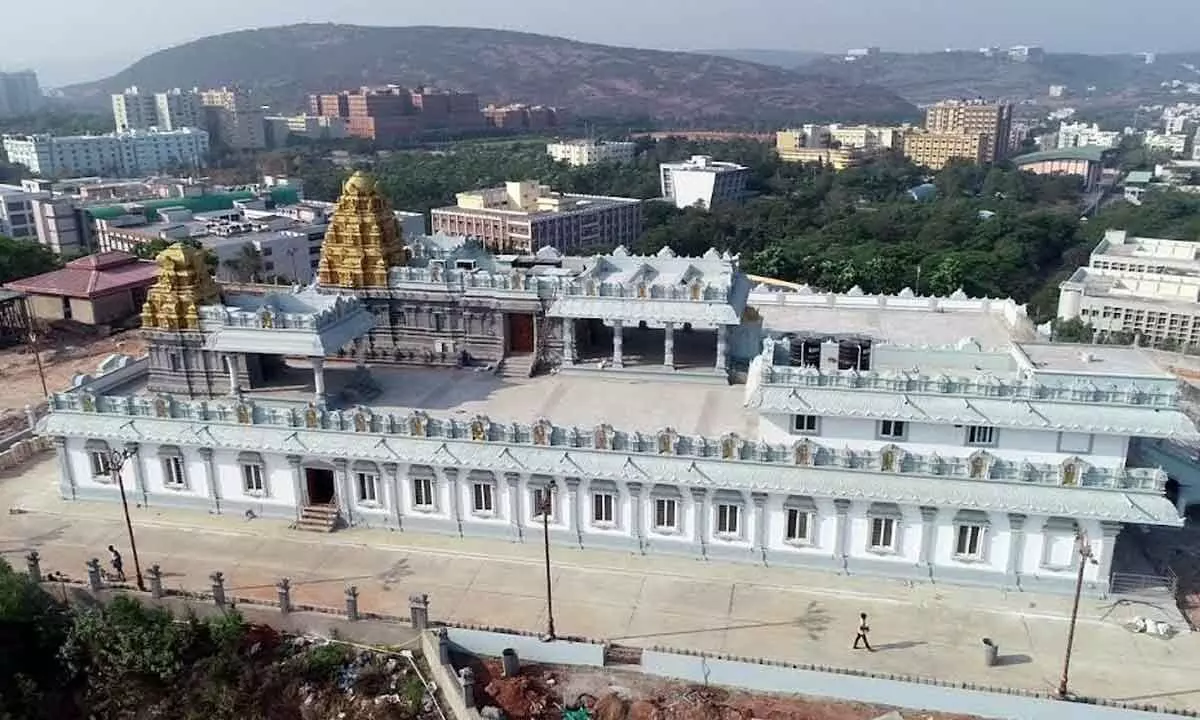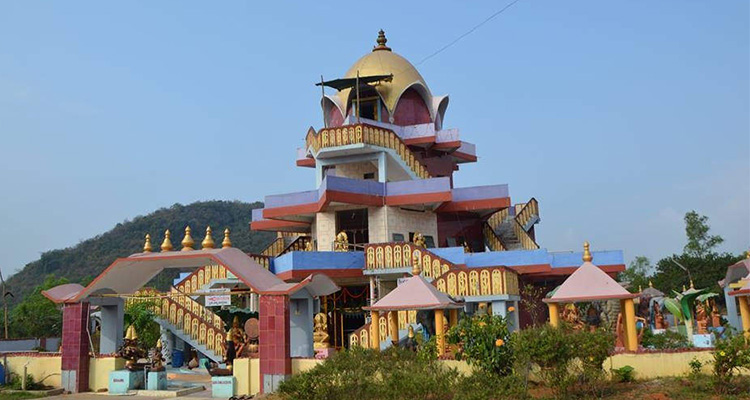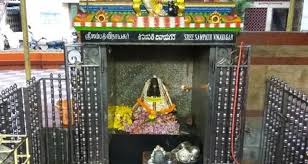Make in India best suited for the production of battery components of EV to ensure safety, opines Experts
Of late, the increase in incidents of electric batteries catching fire in Visakhapatnam, Jangareddygudem, Machilipatnam, and Vijayawada indeed raised serious safety concerns over the new age technology of Electric Vehicles. On a pan-India basis, 38 electric two-wheelers have burst into flames in the last four months, prompting many big players to recall close to 7,000 e-two-wheeler units and placing brakes on the rapid growth of EVs in India.
Hello Vizag spoke to several EV industry experts to understand the possible reasons behind these fires. Many exports highlighted gaps in the protocols across quality, testing, and manufacturing and talked about what the government and industry players must do to ensure safety standards for EV batteries.
Speaking to Hello Vizag, Sagar Mitra, Assistant Professor, Science, and Engineering Dept of Indian Institute of Technology, Mumbai, said the main reason behind batteries catching fire is the stability of battery chemistries being used in India. In India, most batteries use Nickel Manganese Cobalt composition, which does not have the highest stability standards.
Exploring the aspect, the chief executive officer of The Energy Company, Rahul Lamba said the poor design of battery packs is an area of concern, that battery manufacturers need to address. The packaging should be done in such a way that even if there is a failure in a few cells in the battery, it is not causing a domino effect and impacting neighbouring cells."
“One should understand that the High-quality battery management systems (BMS) are an integral safety feature. As a matter of fact, these batteries are thermally stable up to a certain temperature, beyond which they risk going into a thermal runaway state. So, the BMS's job is to cut off this temperature rise to avoid overheating. At present in the Indian EV industry, very few are currently developing their own BMS but using them off the shelves. The need of the hour is to design in tandem with other battery parts and customised for Indian circumstances."
Other experts also touched upon gaps in testing standards in India. The co-founder of Simple Energy, Shreshth Mishra said that the testing standards in India should be customised in terms of temperature variations, geography, road conditions, and riding standards. “Every so often, two-wheelers are overloaded beyond capacity with three to four riders, but this isn't accounted for in testing. In view, the testing and safety standards need to come from the original equipment manufacturers as much as they should come from the government," Mishra added.
Bringing forth the gap areas in the existing testing standards, Mr. Lamba clearly stated that the most important component of a battery is the connector. At present, no test calls out the lifecycle of a connector used in the battery. In most failures, the connector pins melt, and that's the point where the first short circuit happens, which triggers the entire process towards thermal runaway."
Also, the major concern is about testing batteries in vibration mode in India. Of course, there is no real-world scenario is created in the labs when testing the impact of vibration on batteries. As a matter of fact, the intensity of the vibrations in a lab is much lower than what it would be outside when in the vehicle."
Shreshth Mishra, who also leads the research team at the National Centre for Solar Photo Voltaic Research and Education, brought out an important knowledge and research gap. In reality, the technical know-how about cell chemistry, battery pack, manufacturing, and assembling is still low in India. For instance, research on battery pack design is next to zero, which is such an integral part of battery production. At present in India, the EV industry is growing, and many players are trying to play catch, but we need to invest in better knowledge, research, and development for long-term sustainability and safety."
Experts in the field unanimously agreed on the need to manufacture all battery components domestically- cells, packaging, and BMS as a solution for high safety standards in batteries. “Even though the Central government's FAME (Faster Adoption and Manufacturing of Hybrid and Electric vehicle) scheme incentivizes domestic battery manufacturing, the sad reality is that most of the manufacturers are getting parts from China, rebranding them under an Indian supplier, and in this way meeting the FAME criteria of availing subsidy, but still not producing in-country. So the need of the hour is the government needs to be more aware of such misutilisation," Lamba said.

